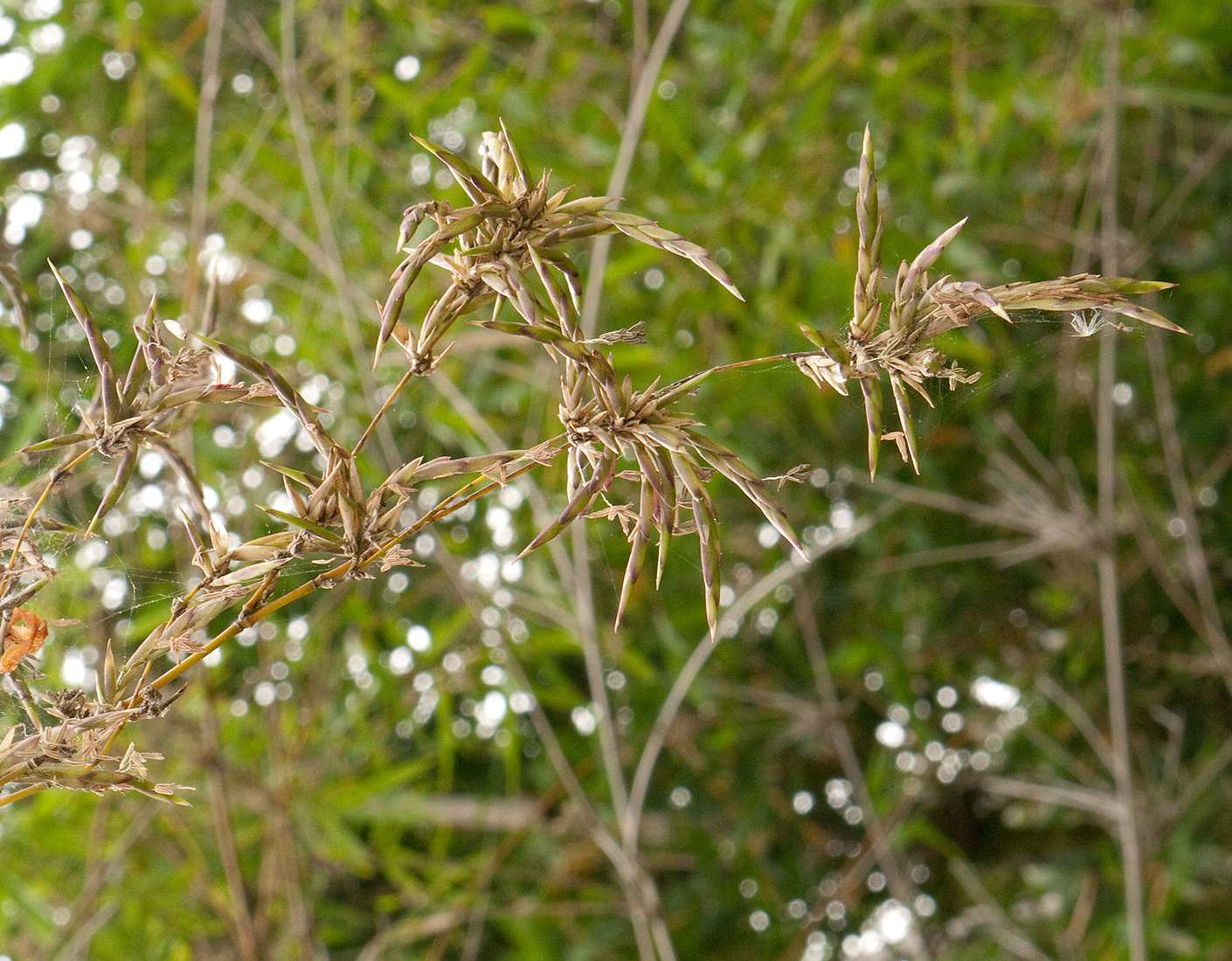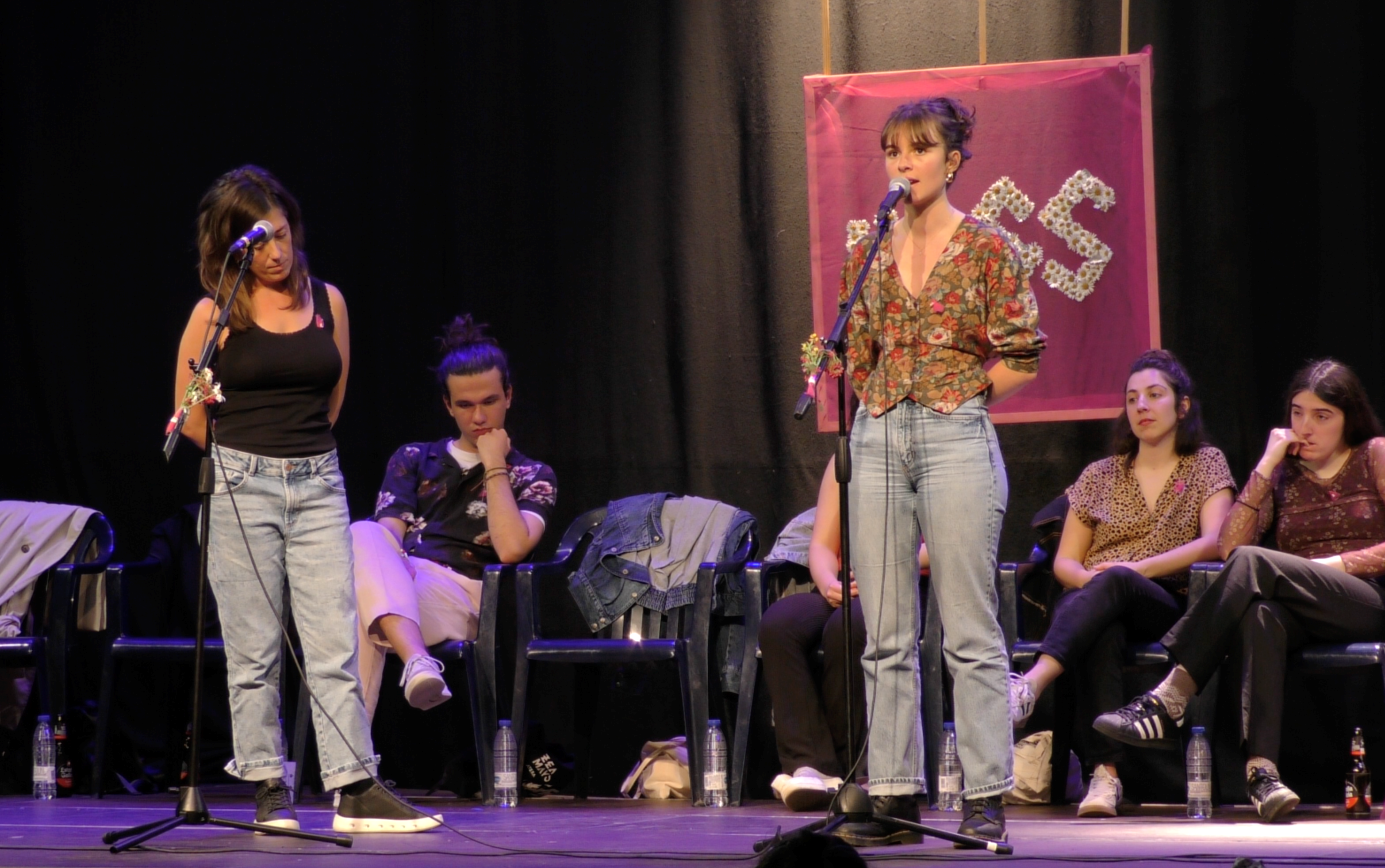Failures, studies, edible forests
- When I started this journey, I was imagining from a romantic point of view the edible forests: walking between trees, tasting succulent fruits, smelling flowers -- but the edible forests have a lot of thorns, failures, errats -- Today I'm going to remember some of those failures that have offered me beautiful studies.

What I come to share with you is the experience of the process of creating the edible forest of the Olabe farmhouse. There, along with the Attard Mathews, we started creating an edible forest of 1,300 square meters in winter 2021, with 40 species of trees and bushes planted. Here are some mistakes that have given me lessons from what I have done:
1. Planting trees too much together
The excessive association of trees is a classic when it comes to creating an edible forest. On a Sunday morning, the head is heated and trees are introduced, sometimes without planning, sometimes with queuing. The result is often that trees are planted too much together. Although in the early years trees grow little, one day they will occupy a large space in the forest.
The solution is to make a plane before you start planting, even if it's a pen and a piece of paper. For space sizing, draw the diameters of the trees to scale, represented in the round. The most important factors for tree growth are foot, species, variety and environmental adaptation. Ask well and report on the growth (both in width and height) of purchased trees to prevent them from being shipped to the wood.
2. Do not plan grass control
In the climate of Euskal Herria the herb grows dramatically, especially in spring and fall. We must always keep in mind a control plan. It is also advisable to keep the back of the trees covered in organic material (straw, wool, cardboard, wood chips...).
There are three ways to control the grass (no glyphospates, of course): cutting, grazing animals or fully covering the flight. If you're going to cut grass, keep in mind that you'll have to take the mower for a walk and that it takes work, so it controls the size of the forest.
If you're going to have to eat animals, keep in mind that you have to protect the trees. To do so, electricity grids (if trees are in rows) or isolated trees shall be protected, especially when small. Sheep are the most viable animals for edible forests.
Finally, covering the whole land is viable only in small forests. To do this, use wood chips, wool, gravel or any other organic material.
3. Excessive initiation
Sometimes the problem is to start working out of fear. However, when we start, it is difficult to widen the system from a small and gradual point of view. When you start too big, the different herbs and jobs for the second year discourage you. Take quiet, start small!
You have to have the destination planned, the edible forest that we want it to be. The easiest thing is to start planting in rows.
4th. Try to do it just
The edible forests are for enjoying and living with those around them. Share the idea and try to push the project forward with someone, it's always more delicious. But if loneliness doesn't move you, if you want, it's possible to act alone.
5. Lack of knowledge of trees
Fruit trees have many secrets: pruning, pollination, size, variety, environmental adaptations -- and it's impossible to know them well. Sharing practices, readings and experts will bring you knowledge. Don't despair, keep up.
A process is the one proposed by the forest, to start the experience, to experience the failures and, consequently, to renew the studies. This is the forest, this is life.
Mila milioika mintzo dira agintariak. CO2 isurketak konpentsatzeko neurri eraginkor gisa aurkeztuta, zuhaitz landaketei buruzko zifra alimaleak entzuten dira azken urteetan. Trantsiziorako bide interesgarria izan zitekeen, orain arteko oihanak zainduta eta bioaniztasuna... [+]
Kutsatzaile kimiko toxikoak hauteman dituzte Iratiko oihaneko liken eta goroldioetan. Ikerketan ondorioztatu dute kutsatzaile horietako batzuk inguruko hiriguneetatik iristen direla, beste batzuk nekazaritzan egiten diren erreketetatik, eta, azkenik, beste batzuk duela zenbait... [+]
Magnoliak eleganteak dira. Dotoreak. Anddereak. Pontxoak. Apainak. Pimentak. Gurbilak. Ponposak, ponpoxearrenak. Ortiroak. Ia-ia fazazkoak, kriket eta kraket. Ez naiz harritzen, beren loraldien azpian lurrarekin urtzerainoko handitasunaren menpeko sentitzen naiz urtero.
Ubidekoak (Bizkaia) dira Imanol Iturriotz eta Aritz Bengoa gazteak. “Lagunak gara txikitatik, eta beti izan dugu buruan abeltzaintza proiektu bat martxan jartzeko ideia”, azaldu du Iturriotzek. Nekazaritzari lotutako ikasketak izan ez arren, baserri munduarekin eta... [+]
Antxoa, bokarta edo albokartia, gure arrain komertzialen artean txikiena, euskal kostaldera hurbildu da.
Gaur abiatu da Bizi Baratzea Orrian kide egiteko kanpaina. Urtaro bakoitzean kaleratuko den aldizkari berezi honek Lurrari buruzko jakintza praktikoa eta gaurkotasuneko gaiak jorratuko ditu, formato oso berezian: poster handi bat izango du ardatz eta tolestu ahala beste... [+]
Noizbait. Noiz izan ote zen? Noizbait landareren batek lorea egitea erabaki zuen. Bai, bai, landareek ere erabakiak hartzen dituzte, eta guk maiz ez bezala, erabakiak bete egiten dituzte. Eta loreak sortu zituzten.
Iruñean bizi ziren Iñaki Zoko Lamarka eta Andoni Arizkuren Eseberri gazteak, baina familiaren herriarekin, Otsagabiarekin, lotura estua zuten biek betidanik. “Lehen, asteburuetan eta udan etortzen ginen eta duela urte batzuk bizitzera etorri ginen”, dio... [+]
Katalanen ustetan artzainak engainatzen omen ditu hegazti honek: “enganyapastors”. Espainiar eta latindarrek, aldiz, ahuntzari esnea kentzen diola diote, hortik datorkio hain zuzen ere izen zientifikoan (Caprimulgus europaeus) islatzen den caprimulgus (capra... [+]
Festa egiteko musika eta kontzertu eskaintza ez ezik, erakusketak, hitzaldiak, zine eta antzerki ikuskizunak eta zientoka ekintza kultural antolatu dituzte eragile ugarik Martxoaren 8aren bueltarako. Artikulu honetan, bilduma moduan, zokorrak gisa miatuko ditugu Euskal Herriko... [+]
Leihatila honetan behin baino gehiagotan azaldu ditugu Ama Naturaren engainuak bere izakiak babestearren. Batzuetan, erle edo liztor itxura zuten euliak ekarri ditugu, beste batzuetan inongo arriskurik ez duten arrisku-kolorazioko intsektuak ere bai (kolorazio aposematikoa... [+]
Gipuzkoako hamaika txokotatik gerturatutako hamarka lagun elkartu ziren otsailaren 23an Amillubiko lehen auzo(p)lanera. Biolur elkarteak bultzatutako proiektu kolektiboa da Amillubi, agroekologian sakontzeko eta Gipuzkoako etorkizuneko elikadura erronkei heltzeko asmoz Zestoako... [+]
Nori ez zaio gustatzen ahuakatea? Ia denok atsegin dugu fruitu berri hori, di-da amaren batean etxekotu zitzaigun. Zenbat urte da ba dendaero ikusten hasi garela? Gure mahaietara iritsi aurretik, historia luzea du.
Udaberri aurreratua ate joka dabilkigu batean eta bestean, tximeletak eta loreak indarrean dabiltza. Ez dakit onerako edo txarrerako, gure etxean otsailean tximeleta artaldean ikustea baino otsoa ikustea hobea zela esaten baitzen.
Administrazio Epaitegiak arrazoia eman dio EH Bilduk Lizarrako plantilla organikoaren hizkutnz profilen aurka jarritako helegiteari.




















